
In this week’s Live Session, we focused on the technical process of turning our creative 3D drape for the asymmetrical jersey knot dress into a functional 2D paper pattern.
I walked you through the entire workflow, from laying out the draped muslin to tracing it, and most importantly, testing and refining the paper pattern back on the dress form to solve the puzzle.
This session was all about deconstructing our design to ensure we have a precise and accurate pattern to work from for the final garment.
Demonstration Steps:
Identified all critical markings on the finished draped muslin, including the grainline, center back, V-neckline, waistlines, and the complex sleeve and gathering areas.
Transferred the draped muslin onto a large sheet of pattern paper, pinning it carefully to keep it flat without distorting the jersey’s natural stretch.
Traced the entire outline and all internal markings, creating the first draft of our flat pattern.
Tested the initial paper pattern by cutting it out and pinning it back onto the dress form, demonstrating how this crucial step helps verify that the 2D shape translates correctly back into a 3D form.
Refined the pattern directly on the form using colored pens to clean up the side seam, correct the curve of the batwing sleeve, and confirm the length and gathering placements.
Showed how to add design details to the final pattern, such as an A-line extension at the center back seam to add more room at the hip and create a subtle train.
Questions & Answers:
Q: Will you be making a pattern for the white blouse design?
A: Yes, absolutely! The white blouse is definitely on my list to turn into a pattern for you, along with the olive green asymmetrical top we draped. I plan to work through all the remaining looks we created with the three-quarter technique.
This session was a deep dive into the practical, problem-solving stage of patternmaking that comes after the initial creative draping.
It highlighted the importance of moving between the 2D table and the 3D form to check your work, make adjustments, and ensure that the final pattern truly captures the intention of your original design.

